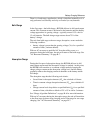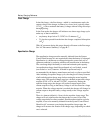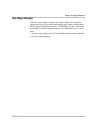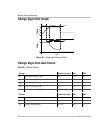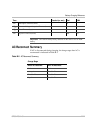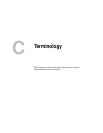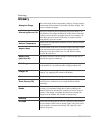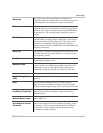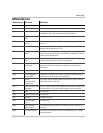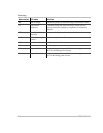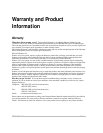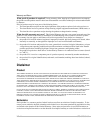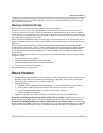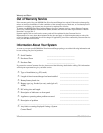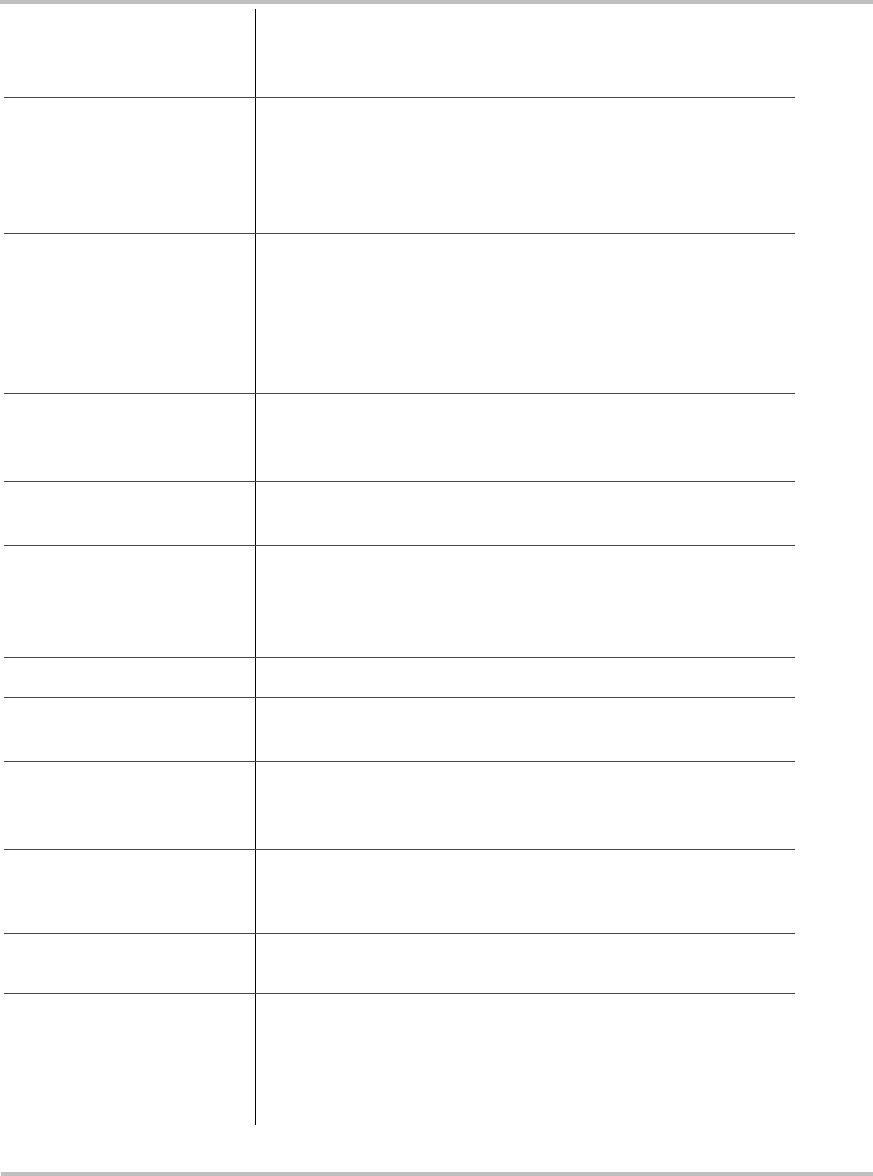
Terminology
975-0125-01-01 C–3
Electrolyte
The liquid found inside storage batteries. Electrolyte is a
conductive medium in which the flow of electricity takes place. In
lead-acid batteries, the electrolyte is an acid-water mixture.
Enable
When a function is enabled, it is allowed to occur but other
conditions may have to be met before the function is activated or
turned on. For example, the charger function on the RS2000 may
be enabled, but it will not charge unless qualified AC power is
present.
Float Charge
The third stage of three-stage battery charging. After batteries
reach full charge, charging voltage is reduced to a lower level to
prevent gassing and to prolong battery life. This stage is often
referred to as a maintenance charge. Rather than charging a
battery, it keeps an already-charged battery from discharging while
providing load current.
Hertz (Hz)
The frequency, or number of times per second, that the flow of AC
electricity reverses itself. Also referred to as cycles per second
(see alternating current).
Idle Current
The amount of electrical current drawn from the battery to keep an
inverter running without a load.
Inductive Loads
TVs, VCRs, stereos, computers, and electric motors (power tools,
vacuum cleaners, for example) are examples of inductive loads
which surge on start up. They require a high startup current
compared to a resistive load such as a toaster or a coffee pot.
Inverter
A device that converts DC power to AC power.
Light Emitting Diode
(LED)
An LED is a type of solid-state lamp used to display various status
functions.
Load
Any device that consumes electricity in order to operate.
Appliances, tools, and lights are examples of electrical loads.
There are different types of loads such as AC loads and DC loads.
Low Battery Protection
A control circuit that minimizes the flow of electricity from
batteries to the inverter when battery voltage drops below a
determined level.
National Electric Code
The electrical wiring and installation code used in the United
States (NFPA 70).
Overload/Over-current
Protection
A control circuit designed to protect a device (wire, inverter or
charger, for example) from loads exceeding its capacity. A fuse,
for example, is an over-current protection device. All Xantrex
inverters have internal circuitry to protect themselves from
overload/over-current conditions.



